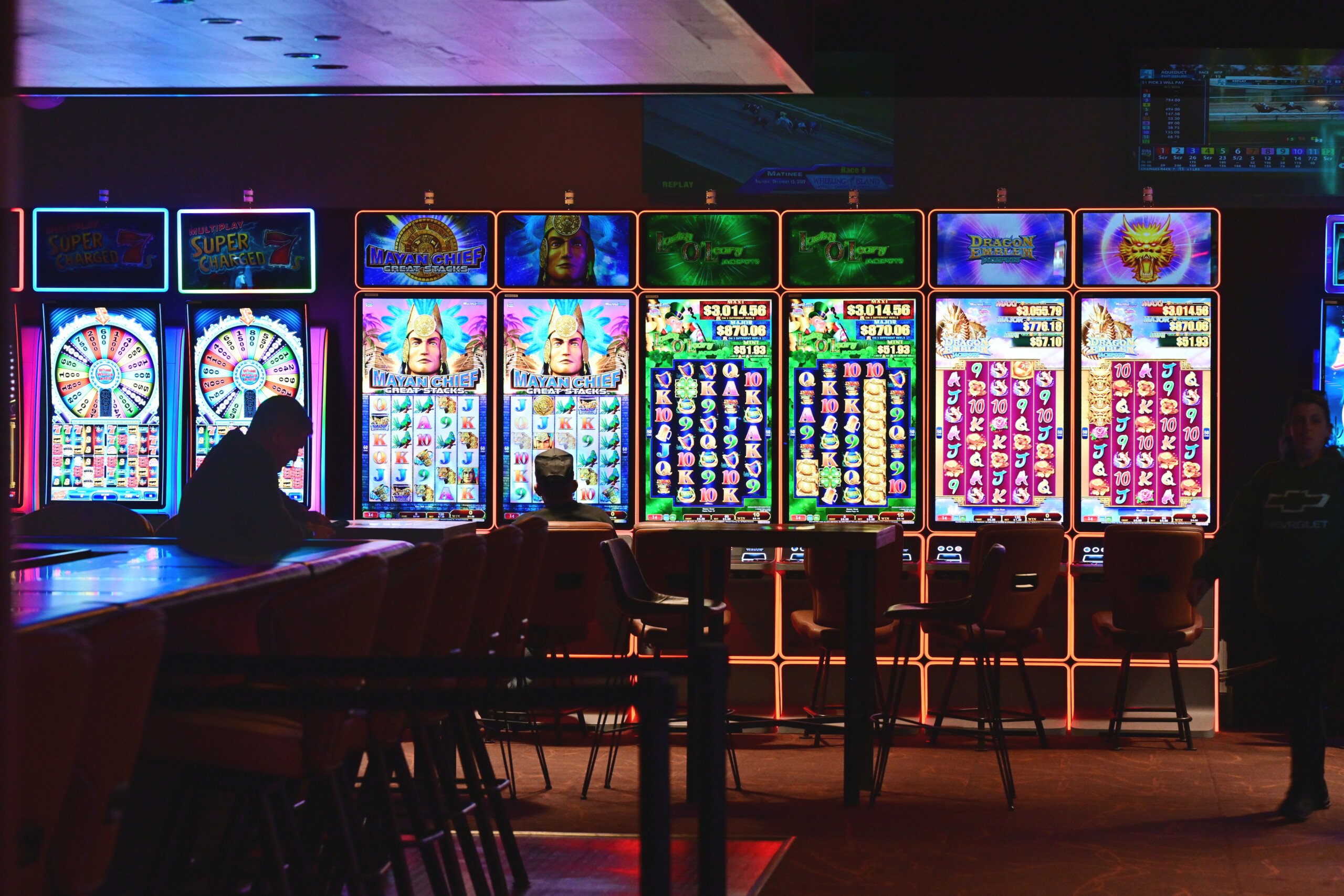The fascinating Psychology Behind Gambling Game Design

Casino games have long captivated people's attention, drawing players into a universe filled with chance, planning, and the allure of excitement. Each activity is meticulously crafted not just for entertainment, but also to inspire particular emotional responses that keep gamblers engaged and committed. Understanding the drives behind these designs reveals much about how human psychology plays a crucial role in the gaming experience.
From the vivid lights and vibrant sounds to the intricate layering of systems and rewards, casino games are designed to create an atmosphere of anticipation and anticipation. ww88 Game designers leverage mental cues to influence player behavior, whether through the use of big prizes, near-miss scenarios, or community engagement. By examining these elements, we can better appreciate how casino games fulfill not just a want for entertainment, but underlying psychological needs for adventure and hazard.
Grasping Gamer Behavior
Casino games are crafted with a deep comprehension of gamer psychology, which is crucial for drawing in and retaining players. The rush of the game, alongside the anticipation of winning, creates a strong attraction. Game designers employ elements like sonic elements, dynamic graphics, and captivating gameplay to engage attention and evoke emotional responses. These sensory elements enhance the total environment, making players feel more involved in the game.
Another important aspect of player behavior is the idea of risk/reward dynamics. Casino games often manage high-risk scenarios with the potential for substantial rewards, which can cause the occurrence known as near-miss effect. When players come near to winning, the brain produces dopamine, strengthening their behavior and encouraging them to keep playing in pursuit of that elusive win. This cycle of hope and disappointment plays a crucial role in how games are designed and marketed.
Lastly, social elements also play a critical role in player behavior at casinos. Many games are designed to be played in pairs or in company with other players, creating a sense of togetherness and collective experience. The social interaction inherent in games like baccarat enhances enjoyment and can culminate in prolonged gaming periods. Designers leverage on this by designing environments that encourage players to stay, socialize, and come back, making the overall casino experience more attractive.
The Role of Visuals and Sound
Imagery and sound play a crucial role in enhancing the player’s experience within casino games. Designers utilize bold colors, eye-catching graphics, and captivating animations to capture gambler's attention and sustain their focus. The use of motifs, such as adventure or opulence, helps create an engaging atmosphere that takes players into another world. By appealing to the senses, these elements add to a intensified emotional response, encouraging players to engage more profoundly with the games.
Audio design is equally important in enhancing the overall experience of casino games. The combination of ambient music, sound effects for winning combinations, and ambient noises creates an auditory landscape that holds players enthralled. Audio cues associated with victories, such as ringing bells or celebratory music, evoke feelings of excitement and reward, prompting players to keep playing. These sound cues are carefully placed to amplify the thrill of the game and create a more immersive experience.
Additionally, the synchronization of visuals and sound is essential for reinforcing the game's overall concept and atmosphere. Each element should coordinate seamlessly to create a unified experience that draws players in. The effective use of this synergy not only enhances user satisfaction but also increases the likelihood of repeat play, as players become more invested in the captivating world that the casino games offer. This thoughtful integration of imagery and sound ultimately enhances player involvement and loyalty.
Incentive Structures and Engagement
The development of gambling experiences greatly relies on reward systems to ensure players engaged and returning for additional experiences. These structures are based in behavioral principles that exploit human nature and desire. Players are often driven by the thrill of success, which is supported by immediate responses through the game's design. This prompt satisfaction not just enhances the gaming experience but also cultivates a sense of achievement, encouraging participants to continue participating in hopes of bigger gains.
Gaming establishments utilize various reward structures, such as jackpots, bonuses, and increased rewards, to engage players. These elements create a level of excitement that maintains engagement. Additionally, the randomness of results plays a crucial role in keeping interest. The intermittent reinforcement schedule, where wins are unpredictable but occur often enough, maintains players on edge and driven to continue participating. This cycle of anticipation and anticipation is essential to the success of gambling experiences.
In addition, social elements, such as competitive events and collaborative options, boost the participation factor by tapping into the desire to compete of players. The communal aspect of playing with fellow participants can amplify the excitement of winning and create a sense of community within the casino. By combining these social dynamics with effective incentive structures, casino games not only offer entertainment but also nurture a deeper connection among participants, solidifying their commitment to the overall experience.
